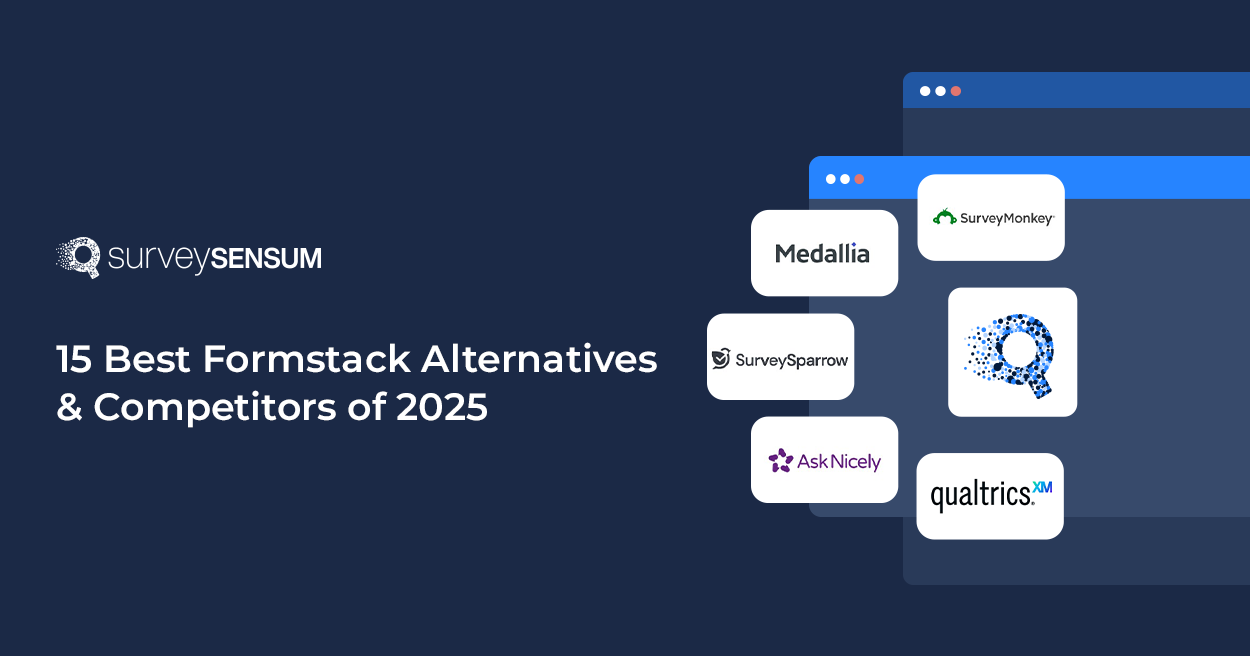
Software development is teamwork. From product managers and designers to software developers, and quality assurance testers, it involves cross-functional collaboration and clear communication to create great products that customers love.
On the other hand, many software teams face difficulties in creating a productive teamwork environment. Inefficiencies arise in the form of silos between functions, expectations are unclear with no one listening, and feedback goes unnoticed. The result? Missed deadlines, product defects, and disappointed clients.
In this post, we will look at ways to improve collaboration and communication within the software development teams. Through the implementation of measures such as vision alignment, channel streamlining, promoting transparency, and customer feedback incorporation, leaders can unleash the power of team dynamics.
The Challenges of Collaboration in Software Teams
Let’s first realize why improving collaboration in software teams can be challenging. The dedicated development team in software product development needs to manage complex and interdependent tasks such as features relying on design mockups, APIs dependent on prior development, and testing requiring stable builds.
With many handoffs in between roles, miscommunications are bound to happen. The misleading assumptions of a developer or the inability of a product manager to communicate a priority change results in bottlenecks, which can be mitigated by collaborating with experienced software development consultants.
By leveraging developers for startups or enterprises through offshore software development services, companies can seamlessly scale their workforce while ensuring continuity in communication and project alignment, reducing the chances of delays and errors.
On top of that, software teams are usually scattered globally and rarely meet in person, which causes a lack of instant communication. This is most common when companies outsource software development operations. Incorporating MSP processes can help streamline collaboration, ensuring better coordination and communication among remote teams. Also, remote work makes it difficult to catch intentions from non-verbal cues and emotional tones.
Finally, ambiguity in requirements, specifications, and user needs requires constant clarification. Such complexity and uncertainty make it perfectly plausible for software teams to struggle with alignment.
Interestingly, the following data highlights the immense impact of poor collaboration and communication:
- 86% of employees cite poor collaboration as a main cause of workplace failures.
- 97% of workers say communication affects their daily performance.
- 45% of employees say poor communication damages trust.
- Improved communication can boost productivity by up to 25%.
- According to David Grossman’s report, of the 400 companies studied, communication breakdowns cost businesses $62.4 million annually per company.
- 16% of managers prefer email to avoid discomfort.
With such a clear correlation between collaboration and organizational success, proactive efforts to improve teamwork are mission-critical. Great teams don’t appear on their own; it is the responsibility of leaders to systematize a group for cohesive production.
So, let’s take a look at some ways to improve collaboration among your technical team.
Key Strategies for Improved Collaboration and Communication
The following approaches can help software teams achieve tighter collaboration and communication:
1. Shared Vision and Goals
Team-building, which is based on open goals and objectives, increases engagement and commitment. Leaders need to develop an inspiring product vision and make it clear how the contributions of each employee will move the organization toward this vision.
Providing the team with quantitative targets for features, quality, and release dates keeps them on the same page. The follow-up on progress toward goals consolidates everyone’s commitment.
When people realize their role in the overall purpose, they will make wiser decisions. They will think twice before distracting peers from critical work. Hence, shared goals become a driving factor for effective collaboration in achieving project objectives.
2. Streamlined Communication Channels
Efficient communication prevents missing out on important work. Especially when it comes to a nearshore development team, clear and timely communication is crucial for maintaining productivity and ensuring project success across different time zones and locations. Software tools such as Jira and Asana could be used for controlling and approving orderly issues. Whereas, chat apps like Slack or Teams allow for simple and quick questions and clarifications. Partnering with top nearshore outsourcing companies ensures access to reliable teams with streamlined processes for effective collaboration
Regular stand-up meetings also ensure alignment. You can even use booking forms to schedule daily stand-ups with your team, aligning them with their schedules and timelines no matter what time zone you are in. When teams begin each day by sharing their plans and blockers, dependencies become apparent.
However, too many disconnected tools can cause information overload. Leaders must outline the protocols for reaching out to teams through unanimously selected channels. For example, critical design decisions may require face-to-face discussions, while bug fixes can be documented using tools like a Windows 11 screen recorder and managed through task workflows.
3. Regular Team Meetings And Check-Ins
Daily standups, sprint planning, retrospectives, and regular progress reviews are essential for work alignment, especially when outsourcing services. These recurring team sync points allow members to identify dependencies and surface blockers and stay on the same page.
Staff meeting agendas and guides also keep discussions productive. Managers should reinforce openness during meetings by soliciting ideas from introverts and appreciating critiques. Such a conducive environment enables effective communication without any inhibitions or biases.
4. Cross-Functional Collaboration
While specialization has its place, extreme siloization is harmful to quality. Leaders can encourage cross-functional collaboration through hackathons, tiger teams, and job shadowing.
With cross-team collaboration, designers and angular developers can work together on prototyping, so they gain mutual understanding. While testers gain more app functionality knowledge by sitting with engineers, the engineers understand the quality risks better. It also encourages the DevOps approach for faster development processes.
Knowledge sharing across roles ensures that no requirements get lost in translation. It also fuels creativity and innovation.
5. Culture of Continuous Feedback
In the rush of software development services, feedback is often taken casually and is irregular. Managers might give reviews periodically while customers provide feedback only after the product launches.
However, teams that receive continuous feedback are more responsive and obtain huge benefits. Online survey tools like SurveySensum make it easy to collect regular peer feedback on work. Also, leaders can conduct weekly meetings with direct reports to exchange bi-directional feedback.
Most importantly, teams should be open to criticism. Egos and defensiveness block progress, while psychological safety and humility foster it. Moreover, constructive feedback overlooks personal shortcomings and focuses on the concerns at hand, targeting immediate solutions. If the developers, designers, and product managers accept and provide a positive critique of the work, the developed product will be much better.
So start gathering real-time feedback with SurveySensum
The Role of Customer Feedback in Enhancing Collaboration
While strong internal teamwork is essential, collaborating with customers is equally crucial. Customer feedback provides an outside perspective that internal teams often lack. It enhances collaboration in several key ways:
- Identifies user needs: By interacting with customers, one can identify the user needs, workflows, problems, and desired improvements that go unnoticed by teams. This common understanding of the user requirements allows for a more unified prioritization.
- Highlights functionality gaps: Usability testing and support tickets indicate the areas where the product does not meet the key user goals. This aligns development and product teams with the most impactful functionality gaps to fill to increase its market usability.
- Provides opportunities to collaborate: Customer feedback outlines where cross-functional collaboration can be most valuable. For example, addressing a complex usability issue requires close collaboration between design and engineering.
To continuously gather customer feedback, teams should leverage:
- Surveys – Effective surveys give a broad view of customer satisfaction, needs, and desired improvements.
- User testing – Direct observation of customers using the product as MVPs or prototypes provides insight into usability problems and confusion points.
- Interviews – Conversations with customers provide an in-depth understanding of the user experience, pain points, and suggestions.
- Social media monitoring – Social media platforms are the best places to track your users and their views. It allows teams to gather reviews, identify customer complaints, and address concerns.
- App stores and forums – Customer reviews on app stores and forums bring to light the general likes, dislikes, and required features.
- Analytics – Customer or user data analytics shows user behaviors, preferences, and pain points as effective feedback.
- Feedback software – Dedicated platforms such as SurveySensum can help you gather and analyze feedback in one place.
So start gathering real-time feedback with SurveySensum
Additional Tips and Actionable Insights
Besides the discussed strategies for improving collaboration within in-house or outsourcing software development teams, the following quick tips with actionable insights come in handy as impromptu pointers during teamwork.
- Constructive communication and feedback are the keys to successful collaboration.
- Establish clear expectations from the beginning on emotional safety, active listening, diversity, and inclusion.
- Encourage introverts to participate in the meetings, and let extroverts listen more.
- Ensure all decisions are shared and clarified, and also distribute meeting notes with action items to avoid any misalignment.
- Discourage distracted multitasking during the discussion and respect the focused work time. Balance group chat channels with uninterrupted individual work.
- Share user highlights and feedback synthesis across the team regularly to minimize silos.
- Collaboration succeeds through a culture of inclusivity, effective communication channels, psychological safety, and user-oriented processes.
Conclusion
Through these strategies, managers can reshape the group dynamics for improving collaboration in software teams. Even though there is a lot of conscious effort in achieving seamless collaboration, the admired performance, boost in productivity, innovation, and user happiness make it all worthwhile. Maintain a persistent focus on building a cohesive team, and results are sure to follow.
With a culture focused on transparency, trust, and user orientation, software teams can deliver amazing results. The key is to view communication and collaboration as foundational processes that are necessary for a remarkable development experience. Through feedback, experimentation, and improvement, teams develop fluent and flexible coordination over time. When employees work in a collaborative culture and there is clear communication in place, complex software projects will feel more like a dance than a war.















